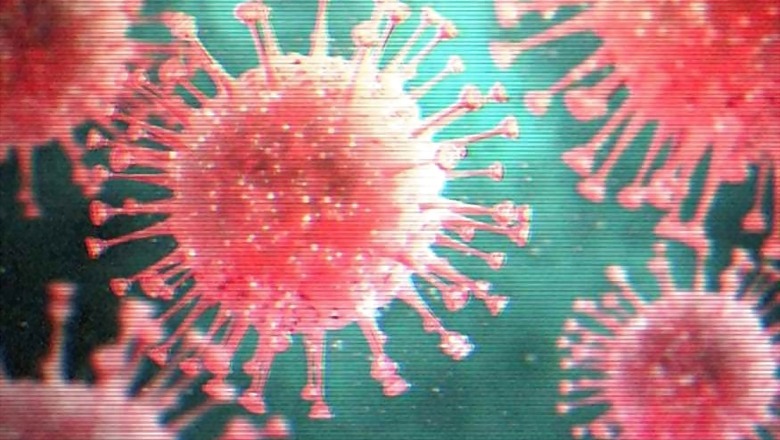
views
Coronavirus now has a name. COVID-19. The World Health Organization (WHO) Director General Tedros Adhanom Ghebreyesus explained, "co" stood for "corona", "vi" for "virus" and "d" for "disease". The official death toll from Coronavirus, or COVID-19 and also known as 2019-nCoV is now more than 1000 globally, and the worldwide spread of the disease continues and China remains the worst hit. Perhaps the official statistic that there are more than 42,000 confirmed cases of Coronavirus hits home the fact that this is now very much a global problem.
The Coronavirus has a secret weapon, much like SARS before it. The super spreader. But what is a super spreader? While there is no strict medical definition for this term, this usually refers to the person who is infected by a particular virus or disease and subsequently spreads the infection to significantly more people than someone else also infected by the same virus or disease. Reports out of Hong Kong suggest that a super spreader at the high-rise tower called Hong Mei House in north-western Hong Kong's Tsing Yi has put more than 3000 residents at risk, after the Coronavirus appeared to have spread inside the complex via pipes and ducts.
A typical infection spreader follows the traditional steps. He or she catches a virus but may not know about it at this point. Then as carriers, they each infect people in close proximity. Science is at a consensus that this spread is usually 2.6 people per person, on an average. Subsequently, the carrier and ones the infection was spread to show the symptoms and are taken into quarantine for treatment. But a super-spreader works a bit differently. A super-spreader also catches the virus or infection much like everyone else, but unknowingly spreads it to 8 people on an average immediately, as against 2.6 people that someone else would. If like the Coronavirus, the infection stays in the body for up to 14 days before showing symptoms, the spread can continue further.
But this isn’t the first case.
According to a study published in JAMA on February 7 which analysed as many as 138 confirmed Coronavirus cases in Wuhan confirms that some people may pass on the virus more readily than the average person. “One reason for the rapid spread may be related to the atypical symptoms in the early stage in some patients infected with nCoV,” says the research.
Briton Steve Walsh is perhaps the most high profile among the Coronavirus super spreaders thus far. It is believed that Walsh caught the virus, at that point unknown to him, in Singapore. He then made a long journey home, via a ski resort in The Alps, and ended up infecting as many as 11 people along the way. He has since recovered, but the weight of being the reason for 11 other people catching Coronavirus because of him, is clearly weighing heavily.
There is no scientific explanation for how some infected people become super spreaders. But the virus uses some human carriers in a way that the infection spreads to more people than the average.
“In most outbreaks you’ll find super spreaders but we don’t really understand the mechanism. What we often think is these people are producing lots of virus, and that generally translates to lots of transmission potential. But why do certain people produce lots of virus? We’re unsure,” Jonathan Ball, professor of molecular virology at the University of Nottingham, said to The Telegraph.
The main signs of the Coronavirus infection are high fever, cough, cold and a shortness of breath. In short, typical flu symptoms at first. Doctors suggest that frequently washing your hands with soap, using hand sanitizers regularly, avoid touching your eyes, nose or mouth and avoiding contact with a potentially infected human can reduce the chances of the spread of infection.
According to the constantly updated data from The Center for Systems Science and Engineering at Johns Hopkins University, the National Health Commission of the People's Republic of China as well as information shared by local governments, there are now more than 33,000 confirmed cases in China, more than 135 in Japan if we also include those cases on the Diamond Princes cruise ship now quarantined, 47 in Singapore, 28 in South Korea, 33 in Thailand, 13 in the United States of America, 8 in Britain, 16 in Germany and 3 in India, to list out a few. By the time you read this, the stats would have changed.


















Comments
0 comment